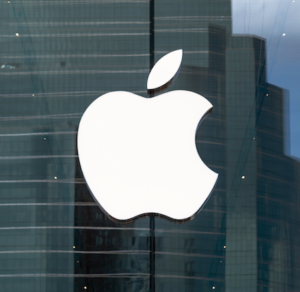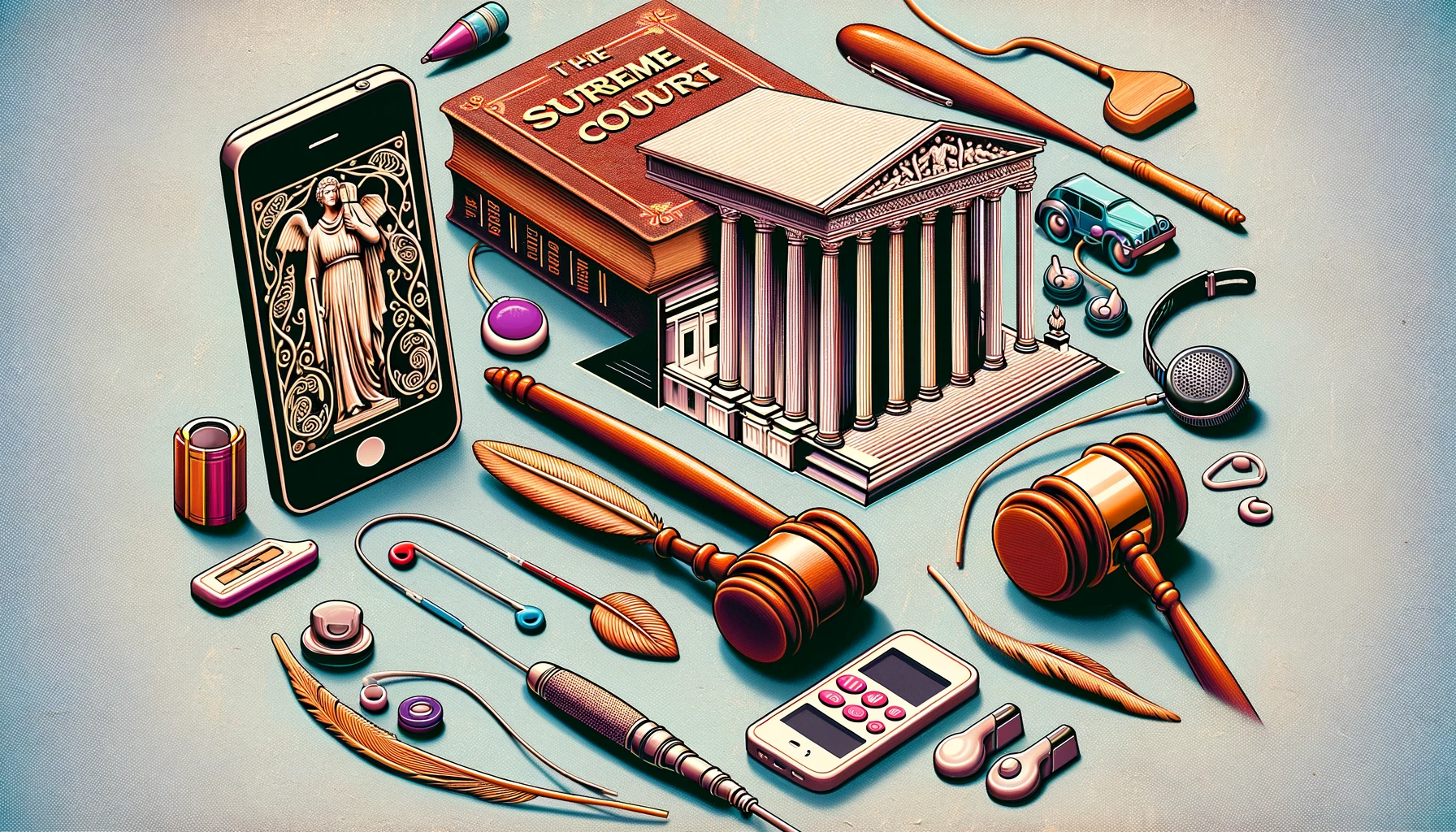The Apple of Our Eye: Scoring the Apple v. Samsung Openings
In one of the greatest patent cases of all time, Apple v. Samsung, Apple won a stunning billion-dollar verdict.
But did Apple prevail on the writing front as well?
Let’s see how many points each party racked up in the opening paragraph of its respective trial brief.

Apple’s Opening Paragraph
Samsung is on trial because it made a deliberate decision to copy Apple’s iPhone and iPad. Apple’s innovations in product design and user interface technology resulted in strong intellectual property rights that Samsung has infringed. Try as it might, Samsung cannot deflect attention from its own copying by the patents it has asserted against Apple. To the contrary, the trial will expose how Samsung deceived the international body responsible for creating the UMTS wireless standards to slip its patents into the standard and illegally monopolize technology markets.
Points for Apple:
- The first sentence is short and thematic: Samsung is at once lazy and scheming.
- The client, associated with “innovations,” is portrayed favorably.
- “Innovation” is backed up by mentions of product design and interface technology.
- The opponent, associated with “deception,” is portrayed unfavorably.
- “Deception” is backed up by mentions of slipping patents into standards and monopolizing markets.
Half-Point Deductions:
- The syntax of the third sentence doesn’t work: You’d deflect attention “by” asserting patents or “through” the patents asserted. But you wouldn’t deflect attention “by” the patents themselves.
- The final sentence tries to do too much at once, and it doesn’t contrast clearly enough with the preceding sentence to justify “to the contrary.”
Samsung’s Opening Paragraph
In this lawsuit, Apple seeks to stifle legitimate competition and limit consumer choice to maintain its historically exorbitant profits. Android phones manufactured by Samsung and other companies — all of which Apple has also serially sued in numerous forums worldwide — offer consumers a more flexible, open operating system with greater product choices at a variety of price points as an alternative to Apple’s single, expensive and closed-system devices.
Points for Samsung:
- The first sentence is thematic: Apple is at once greedy and anti-consumer. The Gordon Gekko of technology, it would appear.
- Apple, with its “serial suits,” is also portrayed as an aggressor, and Samsung as its latest victim.
- Samsung, by contrast, is portrayed as consumer-friendly (“More Choices, More Price Points”—not quite “Great Taste . . . Less Filling!” but effective all the same).
- Samsung sets up a clean and even memorable contrast (“flexible and open” versus “single, expensive, and closed”).
- Samsung subtly sounds its legal theme: that the products are much less similar than their outward appearance suggests.
Half-Point Deductions:
- The “to maintain” in the first sentence is confusing. Avoid having “to” twice in the same clause if one “to” means “in order to.” Here, for example, it sounds as if “to maintain” belongs with “stifle.” Maybe we should cut the self-evident “in this lawsuit” and move “to maintain” to the front: “To maintain its historically exorbitant profits, Apple seeks to stifle legitimate competition and limit consumer choice.”
- The second sentence contains a common typo: the two hyphens after “worldwide” are meant to be a dash. (Hint: When you want to make a dash by typing two hyphens, you need to hit the space bar after the word that follows.)
And the Winner is…You!

Despite Apple’s victory on the merits, then, I’ll call this writing fight a draw. But the real winner, is you. After all, few attorneys score any points in their opening paragraphs, let alone the five we’ve seen for each party here. So see how many of these five points you can score in your next opening:
- A short, thematic first sentence.
- A sense of what the dispute involves.
- A key fact that puts your client in a positive light.
- A key fact that puts your opponent in a negative light.
- A clear and even memorable contrast that you can return to throughout your brief—what former Third Circuit Chief Judge Ruggero Aldisert refers to as the “flashpoint of controversy.”
 By
By



